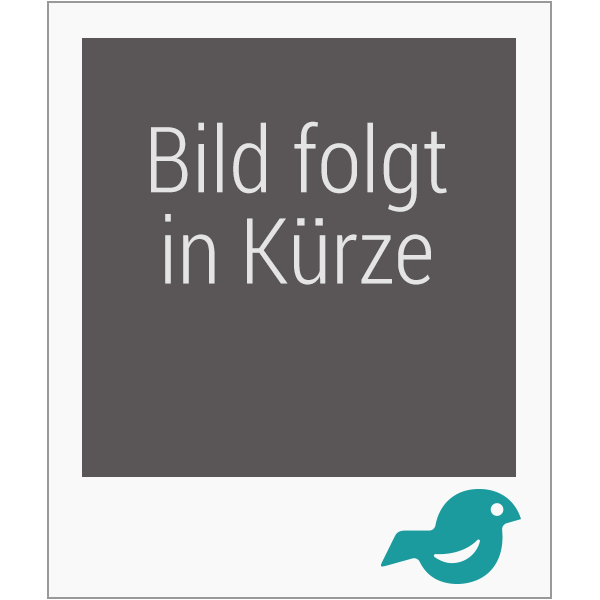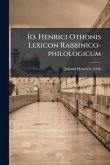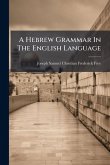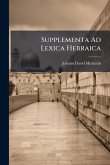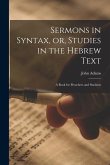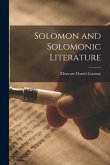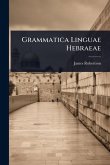Io. Dav. Michaelis Grammatica Chaldaica... is a Latin grammar of the Chaldee (Aramaic) language, written by Johann David Michaelis. This detailed grammar provides a comprehensive guide to understanding the Chaldee language, which is essential for scholars studying the Old Testament and related Semitic texts. The book offers an in-depth exploration of Chaldee grammar, covering morphology, syntax, and vocabulary. It is intended for students and scholars of Semitic languages and biblical studies, providing them with the necessary tools to interpret and translate Chaldee texts accurately. Michaelis's work remains a valuable resource for anyone seeking to master this ancient language and gain a deeper understanding of its significance in religious and historical contexts. This work has been selected by scholars as being culturally important, and is part of the knowledge base of civilization as we know it. This work was reproduced from the original artifact, and remains as true to the original work as possible. Therefore, you will see the original copyright references, library stamps (as most of these works have been housed in our most important libraries around the world), and other notations in the work. This work is in the public domain in the United States of America, and possibly other nations. Within the United States, you may freely copy and distribute this work, as no entity (individual or corporate) has a copyright on the body of the work. As a reproduction of a historical artifact, this work may contain missing or blurred pages, poor pictures, errant marks, etc. Scholars believe, and we concur, that this work is important enough to be preserved, reproduced, and made generally available to the public. We appreciate your support of the preservation process, and thank you for being an important part of keeping this knowledge alive and relevant.
Bitte wählen Sie Ihr Anliegen aus.
Rechnungen
Retourenschein anfordern
Bestellstatus
Storno

